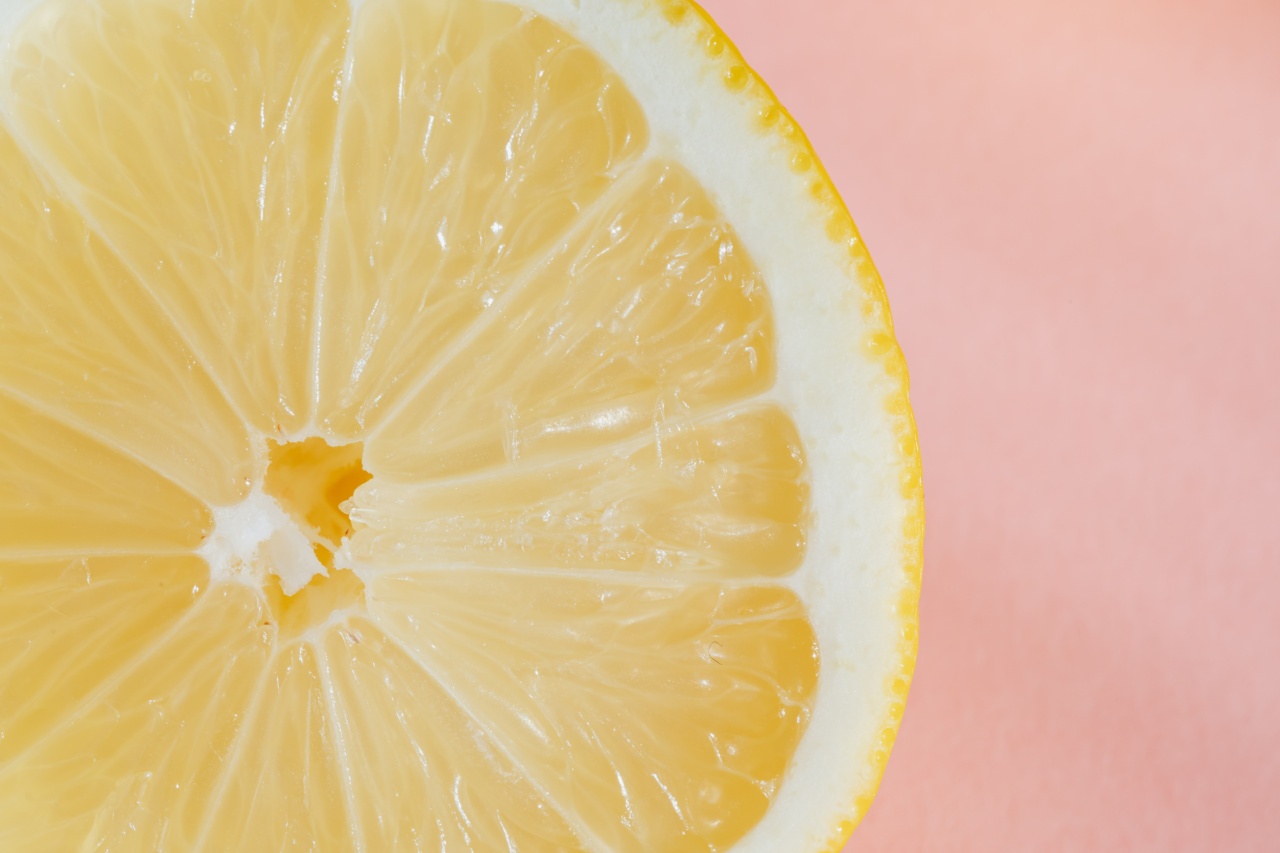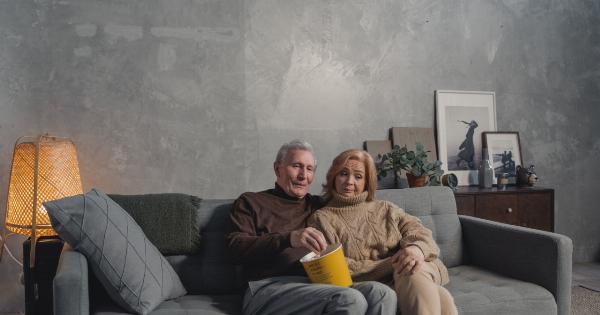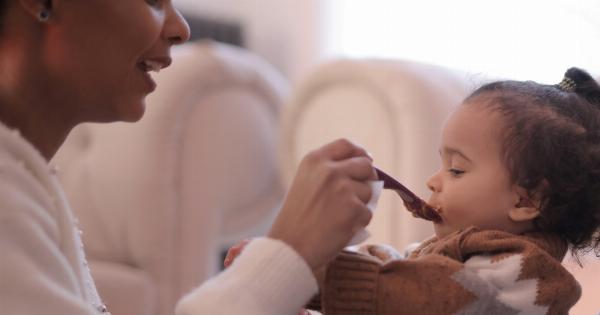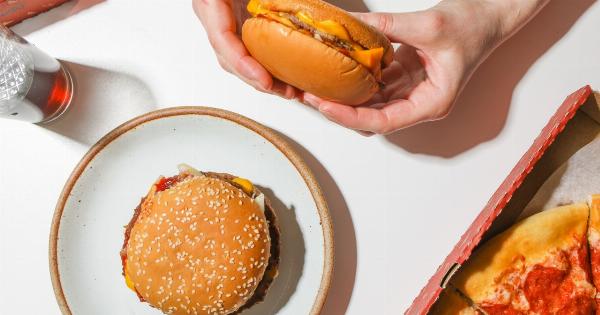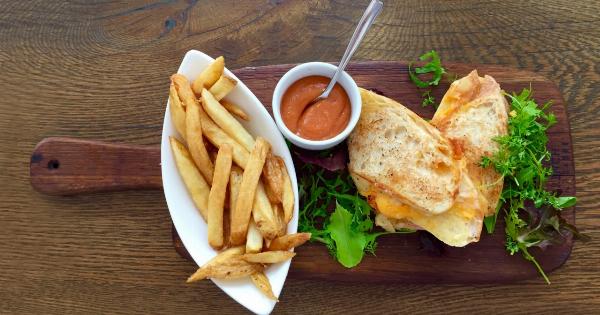Television has become a significant part of our daily lives. It has been a primary source of entertainment for many years and has grown more common and accessible over the years with the invention of smart TVs, live streaming, and on-demand sites.
Television not only offers entertainment but also serves as an influential tool to impact our lives in innumerable ways. One such way is our sense of taste. TV drastically alters our sense of taste, and we might not even realize it.
The Science of Taste
Before we dive into understanding how TV alters our sense of taste, we need to understand what taste is and how it works.
Taste refers to the five basic senses present in most animals. They are sweet, sour, bitter, salty, and umami (savory). These senses are detected by taste buds present on the tongue.
The taste buds on the tongue have tiny hair-like structures called papillae. These have receptors that pick up the tastes present in food.
When receptors detect the taste, they send signals to our brain’s gustatory system, which interprets the signals, and we experience the taste of food.
How TV Alters Your Sense of Taste
Now that we understand the science of taste, let’s focus on how TV changes our sense of taste in different ways.
1. Food Depictions on TV
We all have delighted in watching those tasty morsels on television as they are cooked and served. However, we hardly realize that these images alter our sense of taste.
A study conducted by the University of Pennsylvania found evidence that the appearance of food can influence a person’s taste preferences.
This evidence suggests that when we observe someone eating something that seems delicious on TV, it activates our taste receptors and sends signals to the brain to crave that type of food.
2. Influence of Commercials
TV commercials have a significant influence on our food choices and our sense of taste. Advertisements target both adults and children, using catchy taglines, bright colors, and mouth-watering visuals to lure us.
For example, fast-food commercials often show juicy burgers with overflowing cheese that leave us craving more.
Such commercials influence our perceptions of taste, establish a brand’s reputation, and have a substantial impact on the growth of the fast-food industry.
3. Portrayal of Food on TV Shows and Movies
TV shows like Master Chef, Top Chef, and movies like Ratatouille depict food in ways that elevate its taste and quality. These shows create an idealistic view of food, leading us to believe that the food they show should taste a certain way.
These images can also create unrealistic expectations about the quality of food, making us less open to trying new foods that do not conform to these standards.
4. The Frequency of TV Usage
The frequency of TV usage can also alter our sense of taste. Studies have shown that people who frequently watch TV have a higher intake of junk food and unhealthy foods compared to those who watch less TV.
Due to excessive exposure to commercials, TV shows, and movies depicting unhealthy foods, our brain perceives such foods as having a better taste value than what they actually taste.
This can lead to an increase in unhealthy food consumption and result in health consequences like obesity, high blood pressure, and type 2 diabetes.
Conclusion
Television, undoubtedly, influences our sense of taste in many ways. It has the power to influence our preferences and alter our perceptions about food quality, brands, and even our eating habits.
Therefore, it is crucial to be aware of these influences and make an effort to resist any unhealthy eating habits that may result from them.
